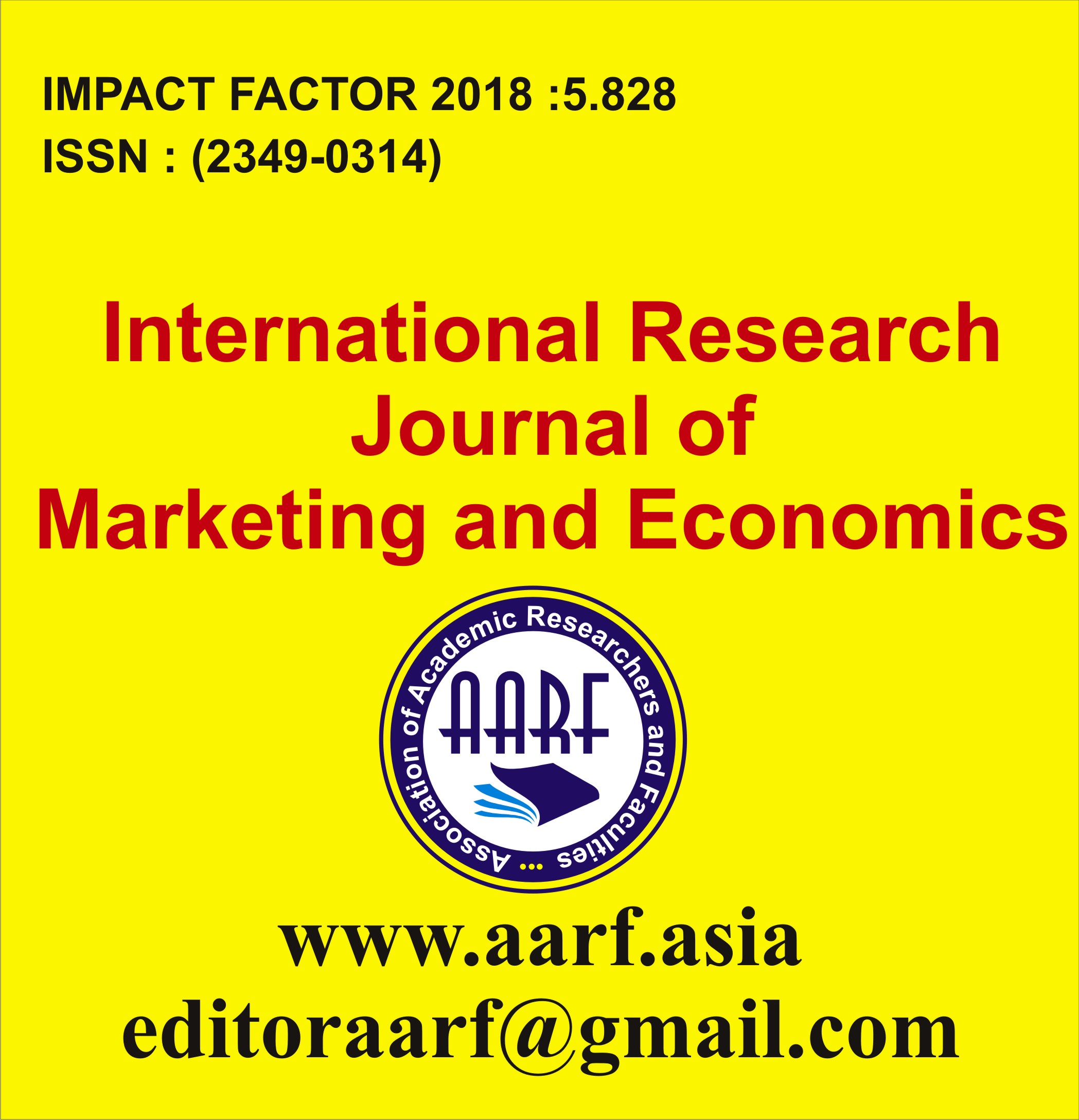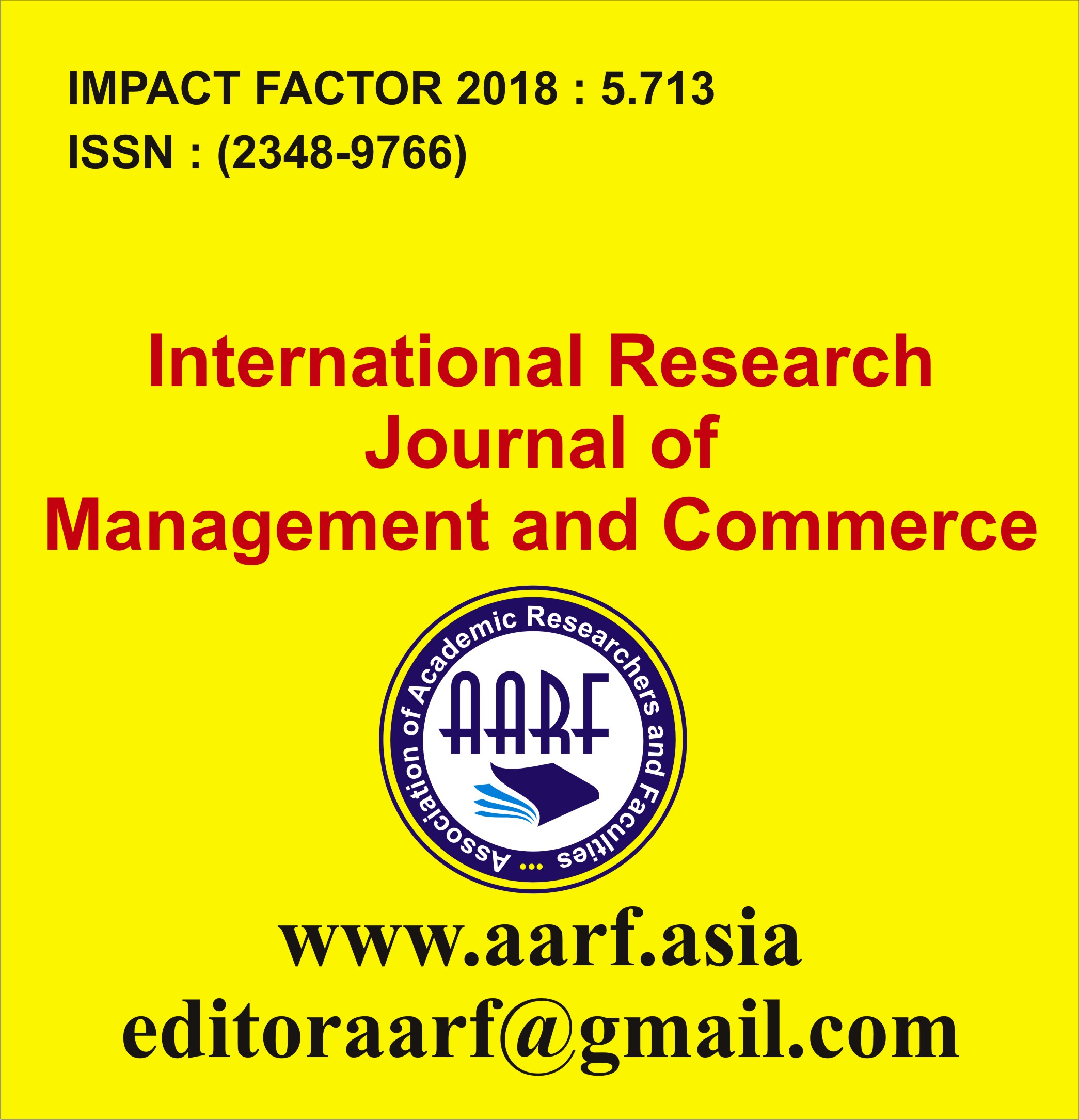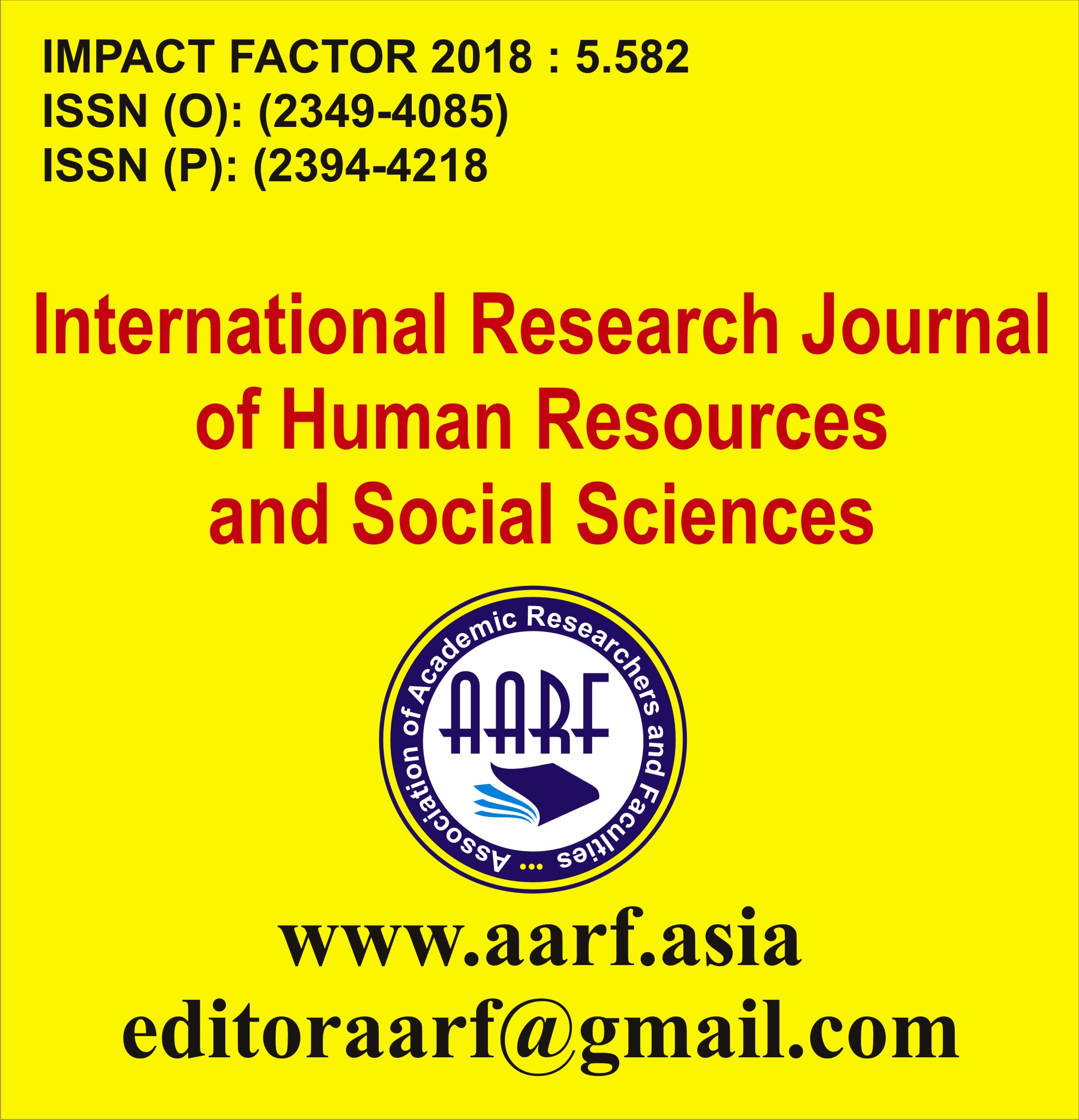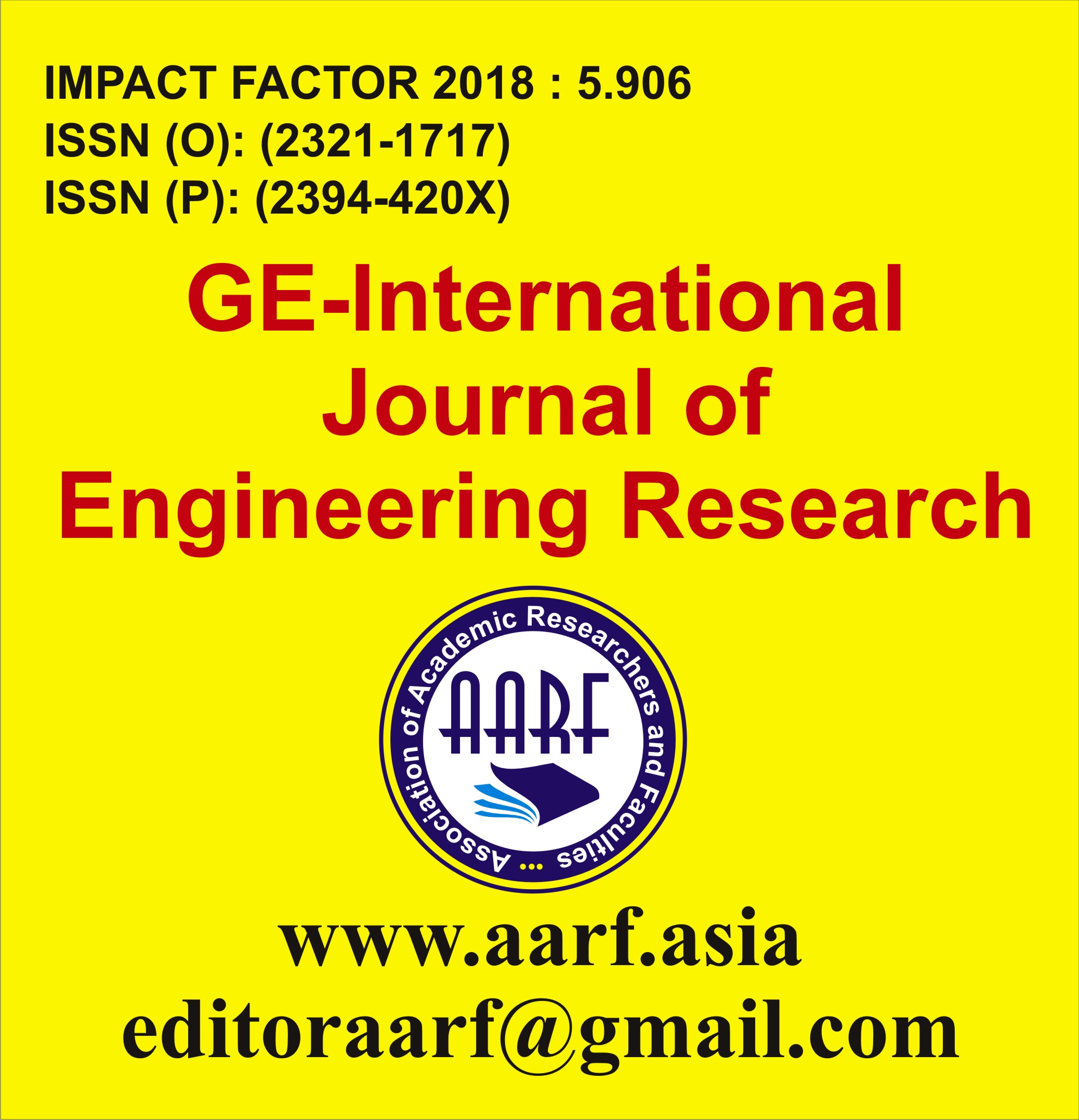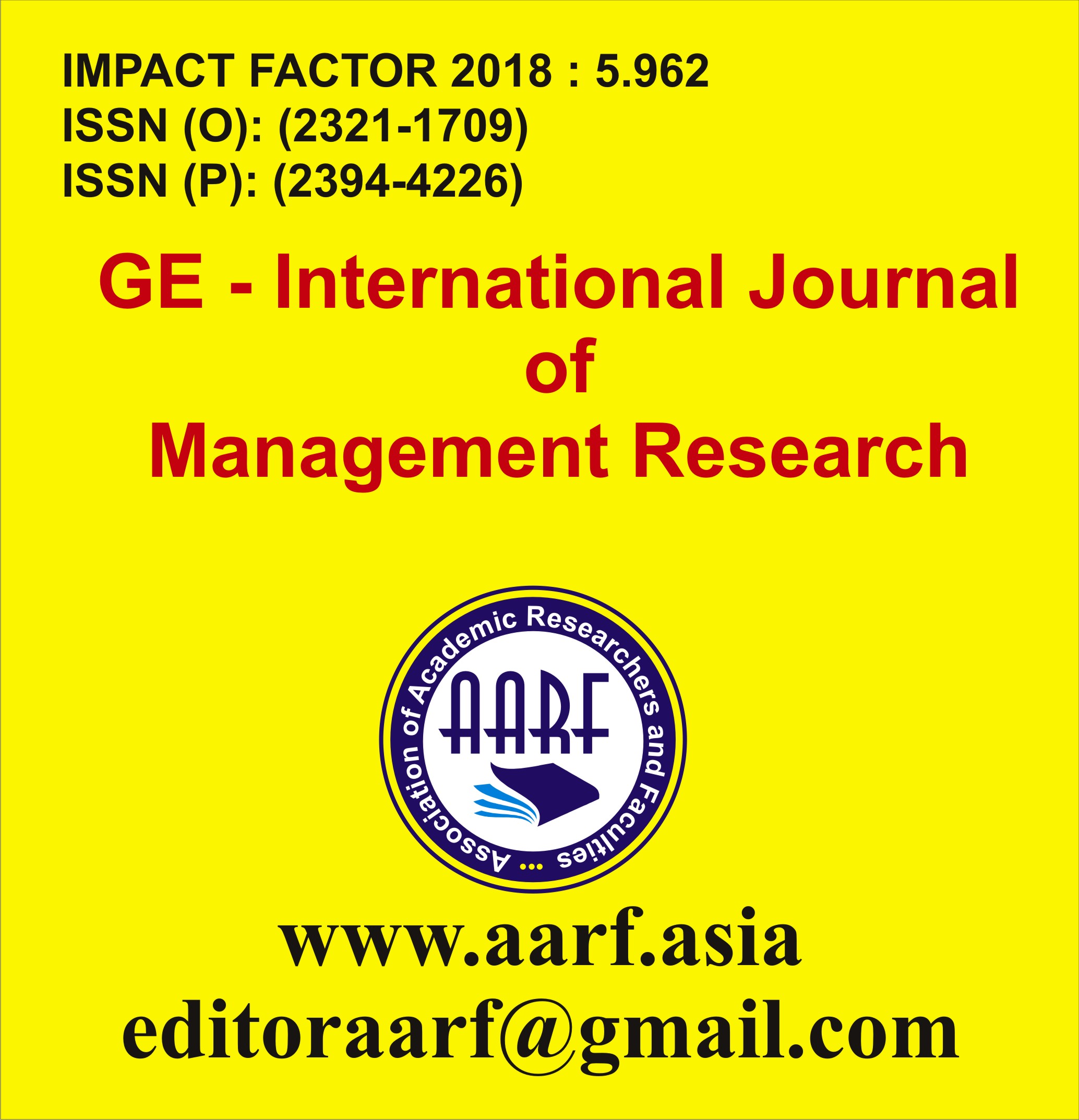Omkar Prabhakar Mukhekar, Dr. Arunkumar Shukla,
Abstract:
In graph theory, the concepts of vertex cover and domination energy play a central role in understanding the structural and spectral properties of graphs. A vertex cover, which is a set of vertices that touches every edge of a graph, provides critical insight into network vulnerability, resource allocation, and optimization problems. Domination energy, derived from the eigenvalues of domination-related matrices associated with a graph, offers a spectral perspective on graph influence, control, and connectivity. This paper investigates the intricate relationships between the vertex cover number and different forms of domination energy, including minimal and maximal domination energies. It identifies novel bounds and interdependencies that connect these two fundamental graph parameters by employing rigorous theoretical analysis alongside computational experiments. The study also explores how variations in vertex cover configurations affect the domination energy, thereby revealing structural properties that guide efficient network design and optimization strategies. The research highlights the implications of these relationships for spectral graph theory, demonstrating how energy-based metrics provide deeper insights into graph behavior, resilience, and control dynamics. The results presented extend existing knowledge by linking combinatorial properties with spectral characteristics, offering a unified framework for analyzing graph structures. Thus, this study contributes to both theoretical advancements and practical applications in graph theory, particularly in areas where network robustness, energy measures, and domination principles are of critical importance.














